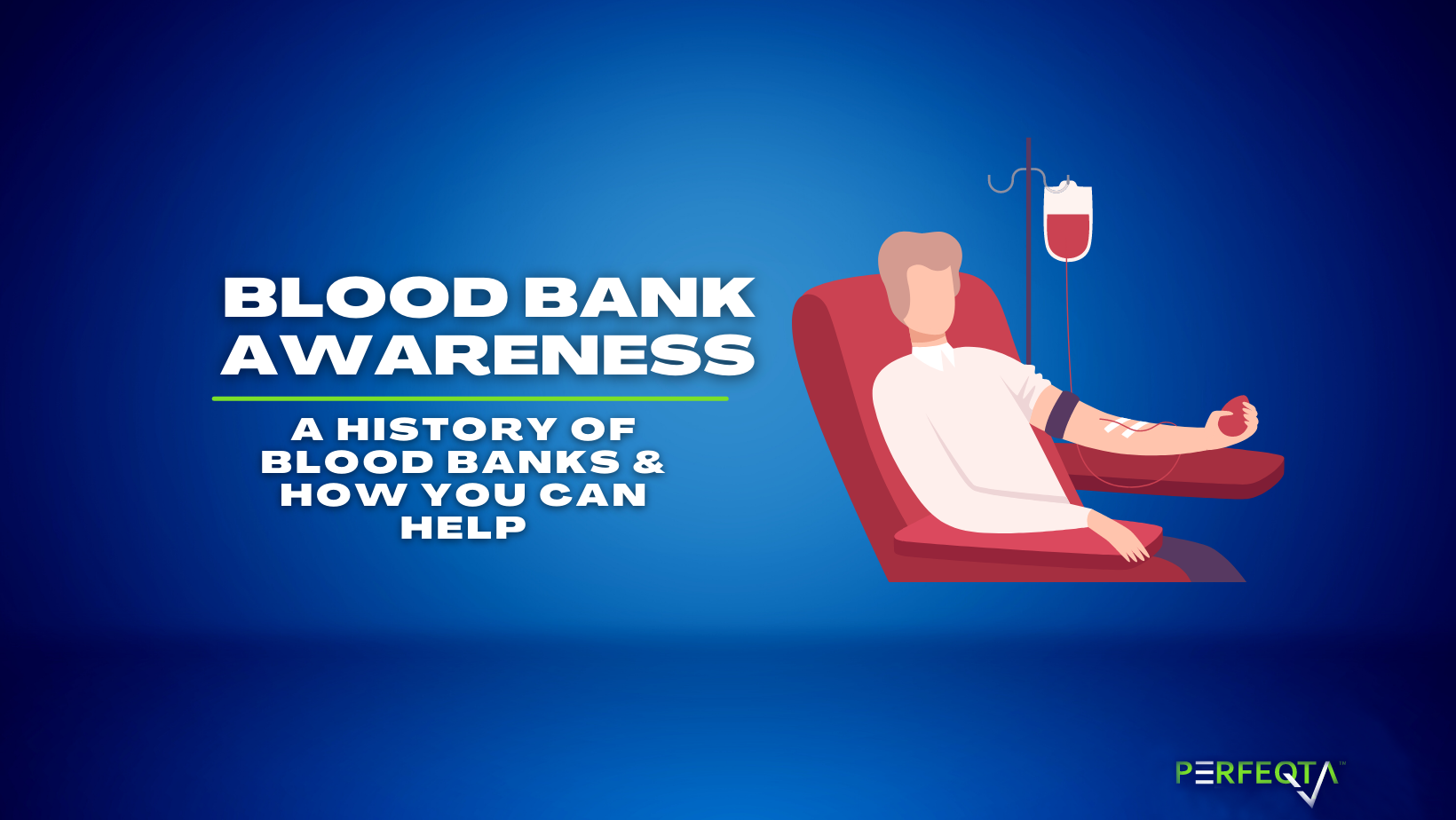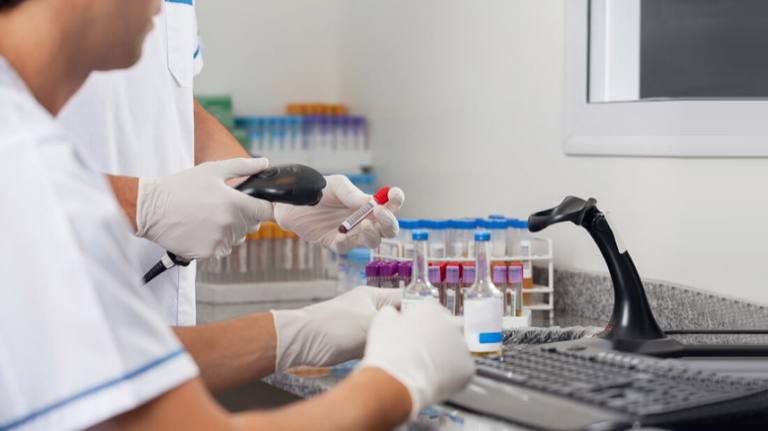A Brief History Of Blood Transfusion


Blood donation is considered to be the best donation humans are ever capable of. The internal happiness of saving a life of a person who you don’t even know, is an incredible act.
A selfless act indeed. However, if you donate blood or are thinking of donating right now, you should know how the journey took to reach here.
Healthcare has evolved at breakneck speed over the last hundred and some years. Go back to the middle of the 19th century and viruses were unknown, effective treatments were rare, and humanity’s overall knowledge of the human body was practically non-existent.
Modern medical treatment has dramatically increased lifespans and quality of life these days. And within modern medicine, blood and plasma banks rank among the most critical resources medical practitioners rely on. Let’s take a look at the brief history of blood banks and blood transfusions, as well as how everyone can chip in.
Table of Contents
- Earlier attempts of blood transfusion.
- Categorization of blood types.
- The dawn of Blood Bank
- Current Scenario of Blood Transfusion
- Here’s How Blood Banks Work and How You Can Help Out
- How PERFEQTA Assists Blood Banks
A Quick History of Blood Transfusions and Blood Banks
Blood transfusions were among the earliest modern medical treatments discovered.
Earlier attempts of blood transfusion
- In 1492: First historical blood transfusion attempts wherein blood of three 10-year-old boys was infused by mouth into Pope Innocent VIII as he sank into a coma. The Pope and the boys died.
- In 1665 recorded successful blood transfusion in animals in England wherein Physician Richard Lower kept dogs alive by transfusion of blood from other dogs.
- In 1795, Philip Physick performed the first blood transfusion but didn’t publish his efforts.
- In 1818, British obstetrician James Blundell treated a patient suffering postpartum hemorrhaging by transferring blood from husband to wife via a syringe.
- 1840 At St. George’s School in London, Samuel Armstrong Lane, aided by consultant Dr. Blundell performed the first whole blood transfusion to treat hemophilia.
Categorization of blood types.
Then started the research work on blood, where we started identifying and categorizing the blood types.
- In 1900-1901 Karl Landsteiner discovered the first three human blood groups, A, B, and O.
- In 1902, a fourth blood group was added to the group.
- In 1907, blood typing and cross-matching between donors and patients were attempted, dramatically increasing transfusions’ safety. The universality of the O blood group is identified during the same time.
The dawn of Blood Bank
Now, as the research into blood transfusion expanded, the notion of a blood bank dawned upon us.
- In 1914 Adolf Hustin discovered that adding sodium citrate to blood would prevent it from clotting. Before coagulation, the first transfusions had to be made directly from donor to receiver. Adding anticoagulants and refrigerating the blood made it possible to store it for days, opening the way for blood banking.
- In 1917 first blood deposit took place where Army doctors collected and stored type O blood, with citrate-glucose solution, in advance of the Battle of Cambrai in World War I.
- In 1932 The first blood bank was established at Leningrad hospital.
- In 1937 Bernard Fantus, director of the therapeutics at the Cook County Hospital in Chicago, established the first blood bank in the United States.
Current Scenario of Blood Transfusion
Someone needs a transfusion about every two seconds. These days, roughly 4.5 million Americans receive a blood transfusion within a given year, and 43,000 pints of blood are used each day. That means by the time you’ve reached this point in our article, multiple people will have already received a blood transfusion, all thanks to people like you who donate blood.
It’s hard to say how many people worldwide are ultimately saved by blood transfusions, but you can bet that it numbers in the millions. Fortunately, 6.8 million Americans alone donate blood each year, helping to save lives and alleviate health, especially of people with a condition like anemia, cancer, hemophilia, etc. And its blood banks that collect, separate and store blood until it’s needed. Without these banks, the entire blood supply chain would collapse.
Here’s How Blood Banks Work and How You Can Help Out
Blood transfusions are more complex than many people realize. You can’t simply take blood from one person and put it straight into another.
Blood these days is typically separated into red cells, plasma, packed red blood cell (PRBC) concentrate, platelet, and cryoprecipitate. This way, doctors can administer precisely what a patient needs. Blood and plasma banks must also ensure that blood is safe and free from dangerous microbes, like viruses.
As for helping, donating blood is one great way to support blood banks, dislike needles or can’t donate blood for another reason? Financial support goes a long way. In some cases, you can also volunteer at blood banks, helping with various operations. Also, talk with friends and family about the importance of blood banks and donating blood.
How PERFEQTA Assists Blood Banks
The folks working in healthcare are everyday heroes. Modern medicine saves countless lives, and blood banks play a critical role. When designing PERFEQTA, we closely studied blood and plasma banks and designed features specific to their operations. Our platform offers tools for managing equipment, quality control, reporting, training management, document control, and much more.
We help blood banks focus on their most crucial work: saving lives by offering these tools.






